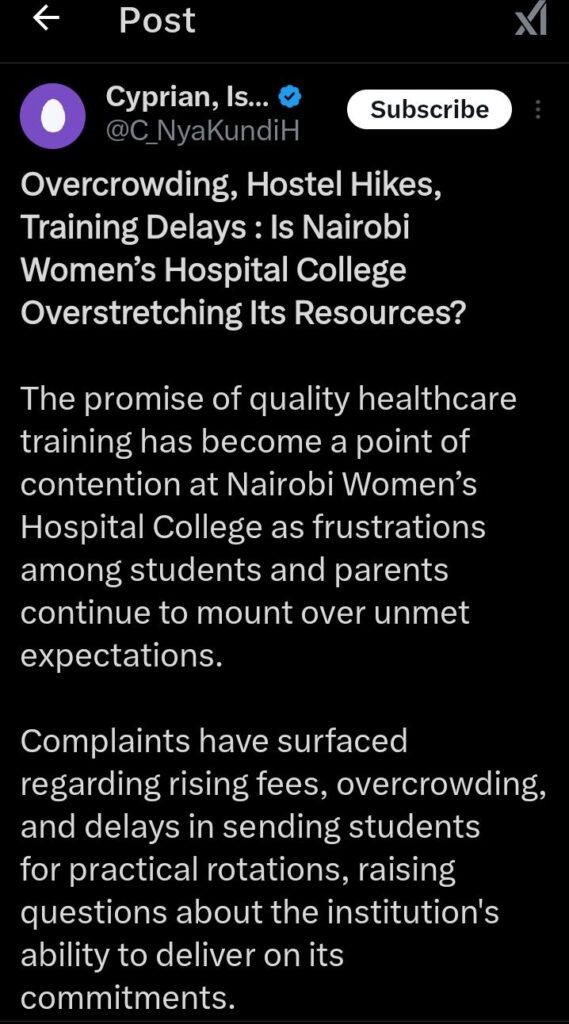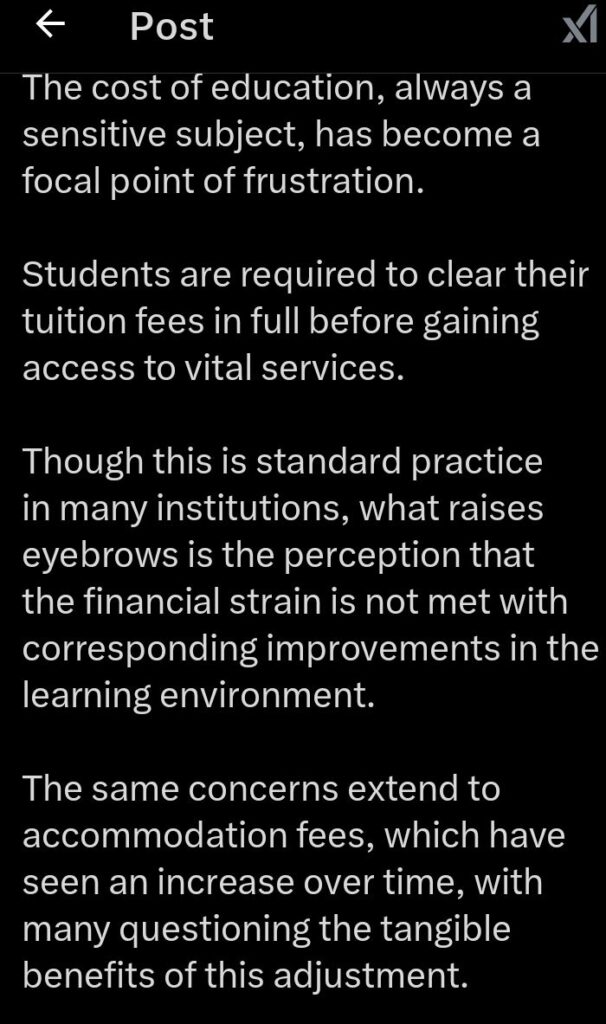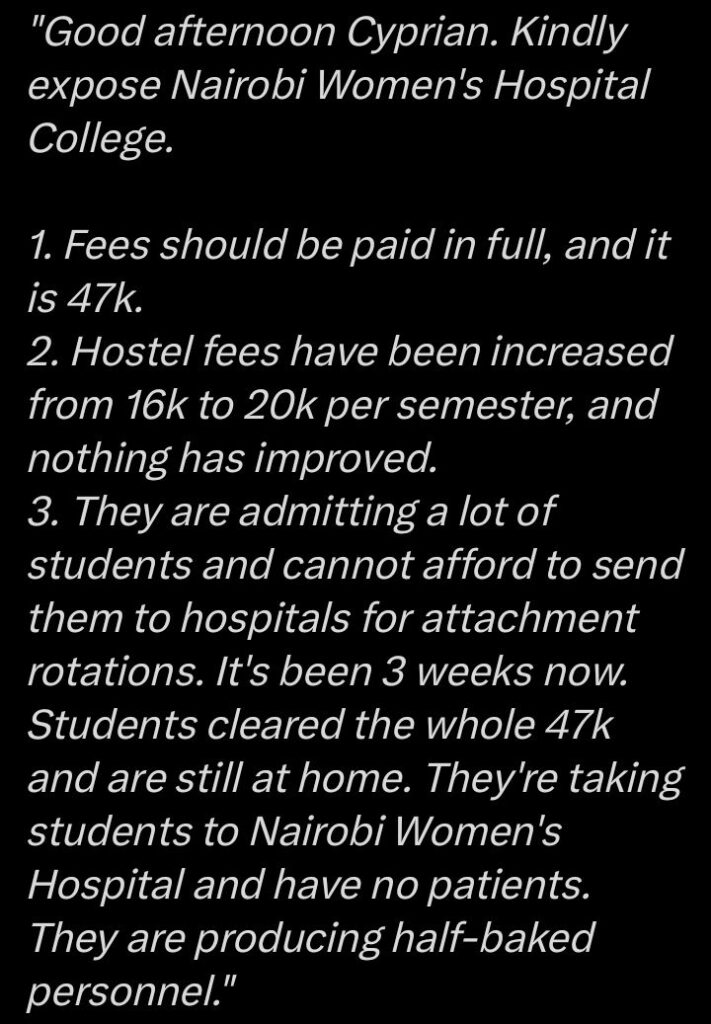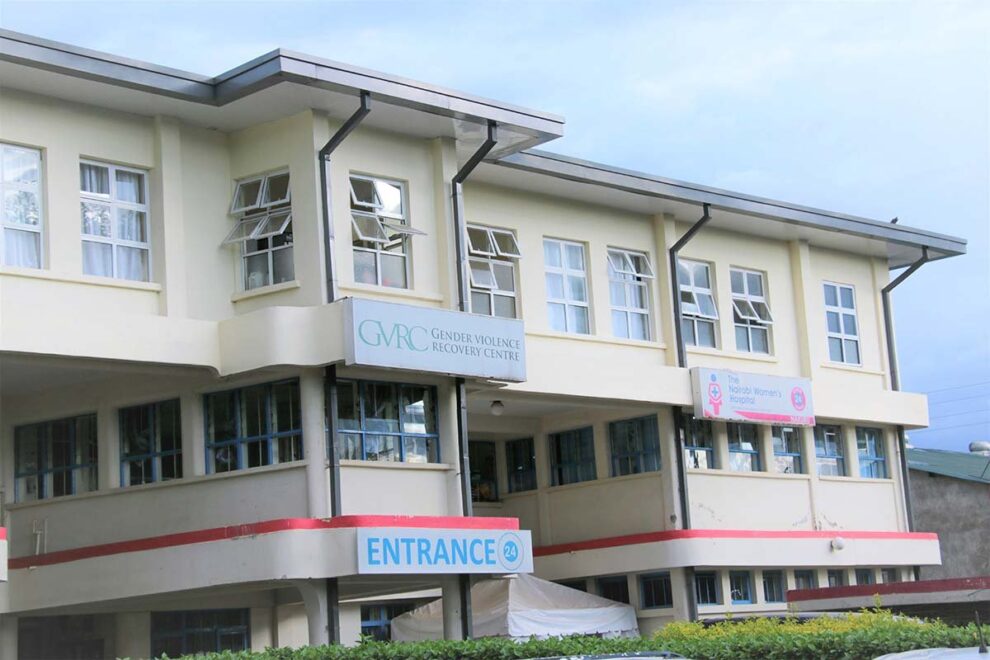Nairobi Women’s Hospital College is on the spotlight for what many see as its inability to meet the standards expected of a reputable healthcare training institution.
Cyprian Is Nyakundi, a well-known voice for exposing societal injustices, recently highlighted the challenges faced by students at this college on his TLX handle.
His post painted a grim picture of overcrowded hostels, inflated fees, and delays in practical training, sparking widespread debate about the institution’s priorities and practices.
Students and parents have expressed frustration over the ever-increasing costs of education at the college.

Tuition fees, currently pegged at Ksh 47,000 per semester, must be paid in full before students can access essential services.
On top of this, hostel fees have risen from Ksh 16,000 to Ksh 20,000, yet there is little evidence of improvements in accommodation quality.
Students complain of crowded rooms, deteriorating facilities, and the lack of basic amenities, raising questions about how these funds are being used.

The issue of overcrowding extends beyond hostels to the classrooms, with the college admitting more students than it can effectively handle.
This has stretched resources thin, leaving students feeling shortchanged.
According to Nyakundi’s post, the surge in student numbers has made it difficult for the institution to arrange timely hospital attachments, a critical component of healthcare training.

Some students reported that even after paying the full fees, they have been left idle at home for weeks, waiting for placements.
When placements are finally organized, many students are sent to Nairobi Women’s Hospital, which is affiliated with the college.
However, reports suggest that the hospital itself struggles to provide adequate training opportunities.
Limited patient numbers mean that students often miss out on the practical, hands-on experience they need to become competent healthcare professionals.
As a result, there are growing concerns that the college is producing graduates who may not be adequately prepared for the demands of the healthcare field.
Critics argue that the institution’s rapid expansion is driven more by profit motives than by a commitment to quality education.
Nyakundi’s exposé underscores a broader issue: the commodification of education at the expense of students’ futures.

The delays in training, coupled with rising costs and inadequate facilities, highlight the institution’s failure to prioritize the needs of its students.
For an institution that promises to deliver top-tier healthcare training, these shortcomings are not just disappointing but potentially damaging to the healthcare sector.
If the current trends continue, the credibility of Nairobi Women’s Hospital College could be eroded, leaving students, parents, and the wider community to bear the brunt of its failures.





















Add Comment